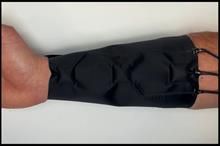
5th Sep 2023
Rice University engineers have developed wearable textile devices that use haptic feedback to enhance sensory inputs, aiding people with visual or auditory impairments. The system, which includes a belt and textile sleeves, utilises fluidic signals to control haptic cues such as vibration, tapping, and squeezing. These cues can guide users in...
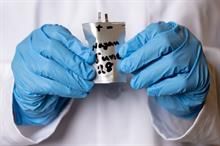
31st Jul 2023
Houston University researchers have created a prototype of a stretchable fabric-based lithium-ion battery. Led by professor Haleh Ardebili, the team converted rigid electrodes into flexible, stretchable forms, enhancing the prospects for wearable tech. Utilising conductive silver fabric, the new batteries overcome conventional rigidity and fire...
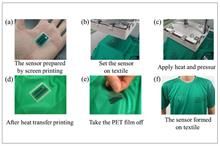
7th Jul 2023
Japanese researchers have developed a wearable chemical sensor using heat-transfer printing, capable of measuring chloride ion concentration in sweat. The sensor can be applied to textiles to prevent skin irritation, making it useful for early detection of heat stroke and dehydration. The study was conducted by the Tokyo University of Science.
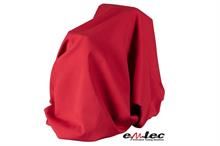
6th Jun 2023
Emtec Electronic will showcase its revamped TSA Tactile Sensation Analyzer at the World of Wipes Conference in Atlanta, July 2023. The device measures and digitises haptic properties of materials, such as softness, smoothness, and elasticity, surpassing human touch limitations. The TSA also captures high-resolution images of samples for easy...
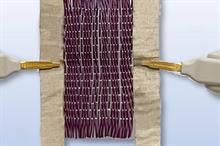
28th Apr 2023
Researchers at Canada’s Waterloo University have developed a smart material that responds to both heat and electricity. The material, made with polymer nano-composite fibres from recycled plastic, can change its colour and shape when stimulated. The material is activated by a low voltage of electricity, making it more energy-efficient and...
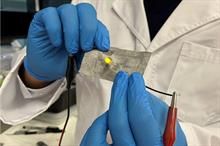
28th Apr 2023
Researchers from universities around the world have developed a new metallic coating treatment for clothing or wearable textiles that can self-repair, repel bacteria, and monitor heart signals. The conductive circuits created by liquid metal particles can transform wearable electronics and open doors for further development of human-machine interfaces.

28th Apr 2023
US researchers have created a wearable technology called KnitDema that massages swollen areas of a patient’s hand affected by hand oedema. It uses thread-like shape memory alloy springs woven into the knitted material that are activated by a circuit board to mobilise fluid out of the swollen area. The KnitDema device can be used at the patient’s...
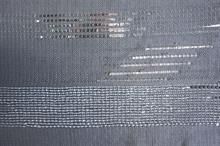
25th Apr 2023
Cambridge University researchers have developed next-generation smart textiles that incorporate LEDs, sensors, energy harvesting, and storage. The researchers created test patches of smart textiles measuring around 50x50 cm, which could be scaled up. They can be produced inexpensively and, in any shape, or size using machines used to make everyday...

28th Mar 2023
A team at ETH Zurich led by Professor Carlo Menon has developed a smart textile sensor that can measure physical exhaustion. Integrated into athletic leggings, the sensor uses a unique fibre structure to capture body movements precisely. The sensor’s potential applications could extend to preventing exhaustion-related injuries in the workplace and more.